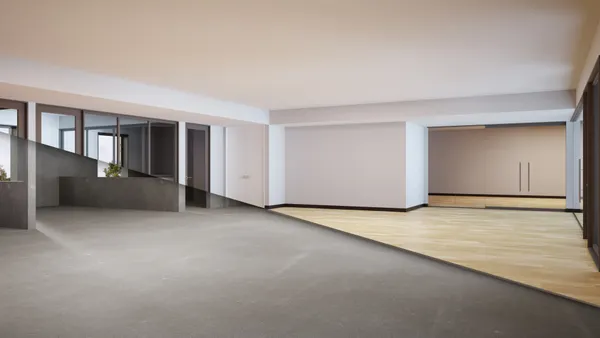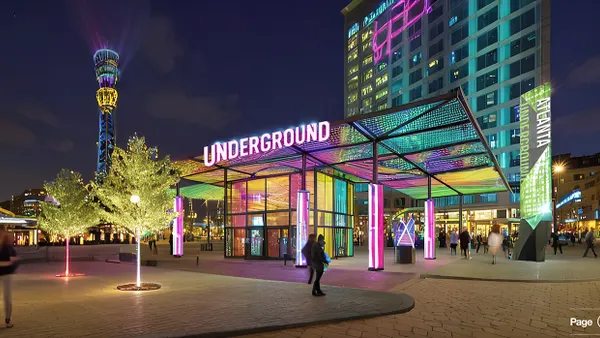Dive Brief:
- The City of Pittsburgh is implementing an "Equitable Street Tree Investment Strategy" to better distribute and maintain tree canopies in low-income and low-canopy neighborhoods as it pursues a goal to plant 100,000 trees over the next decade.
- Under the new approach, the city's Shade Tree Commission will identify 10 neighborhoods each year to receive "focused, proactive and cyclical" tree maintenance, in addition to urban forest education and tree planting. The Shade Tree Commission acknowledged that a lack of adequate tree maintenance historically has tainted some residents' embrace of new trees in neighborhoods, making those support functions critical to the new trees themselves.
- Pittsburgh, which completed its urban forest master plan in 2012, has long recognized the benefits of city tree canopies, including natural cooling and cleaner air quality for residents to breathe. The city's climate action plan also calls for its tree canopy to increase to 60% by 2030, up from 42% when the plan was approved in 2018.
Dive Insight:
A city analysis of a variety of tree canopy data in Pittsburgh showed low-income and Black communities are home to disproportionately fewer street trees. And poor maintenance of those trees over the years has resulted in degradation of those neighborhoods in the form of sidewalk damage, uncollected leaves and the like.
While 100,000 new trees could provide health, environmental and quality of life benefits to the city, such an ambitious undertaking requires significant resources to not just roll out but maintain. "If you're going to make this commitment, which we agreed was a worthwhile commitment, then let's use an equity lens to roll that out," said Jamil Bey, a member of the Shade Tree Commission and president and CEO of Pittsburgh consulting firm UrbanKind Institute, which helped develop the strategy.
"As we were talking to people in neighborhoods, there was some really strong resentment toward an idea to plant more trees. Because trees had not been taken care of," Bey said, adding that the new strategy is an attempt to align the planting goal with the priorities of residents, which takes a different kind of engagement and conversation.
Pittsburgh's new investment strategy is broken down into phases, led by analyzing data to determine neighborhoods in need of investment and community partners. Next, investments are approved for 10 neighborhoods "that define measures to incrementally improve visible maintenance, capacity, tree planting, education, and employment opportunities." The first round of 10 neighborhoods will be selected by April 30.
Cities across the country are grappling with similar challenges in building more equitable tree canopies. "Without a more granular focus, you run the risk of putting a bunch of small trees in a large-part wealthy area because that's where you have space to plant to get your numbers," said Ian Leahy, vice president of urban forestry at national nonprofit American Forests.
Interest in equitable urban forest work is growing, according to Leahy. People are "really starting to perceive, at scale, urban trees as a critical infrastructure, a life-saving infrastructure."
Pittsburgh leveraged visualizations by the Create Lab at Carnegie Mellon University for mapping. And Los Angeles, for instance, is piloting Google's Tree Canopy Lab technology that uses AI and aerial images to assess tree cover density.
Much of that mapping technology can be expensive however, posing as a potential barrier to smaller cities with small budgets. Leahy said American Forests is currently developing its own version of a similar resource to give to cities.











